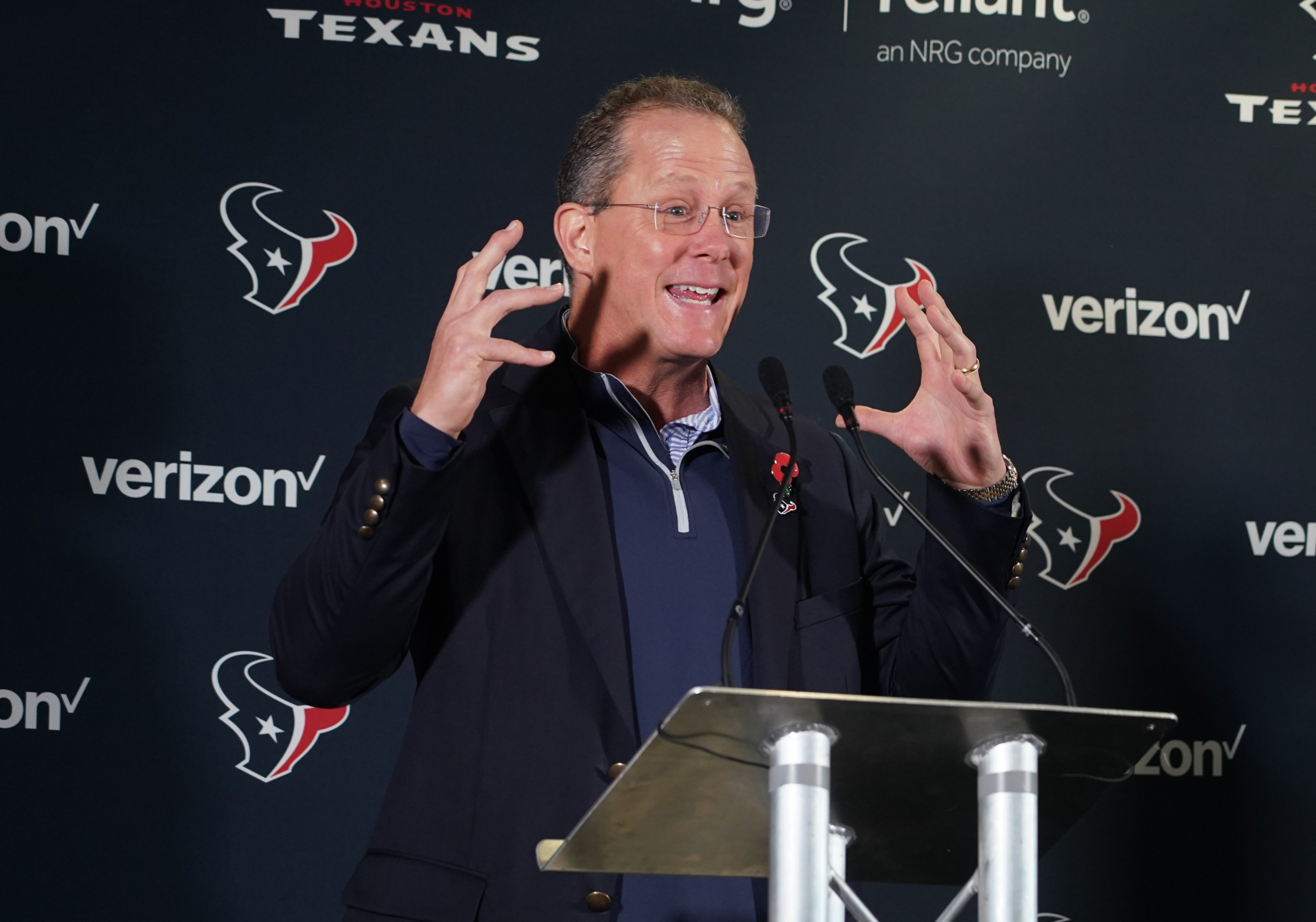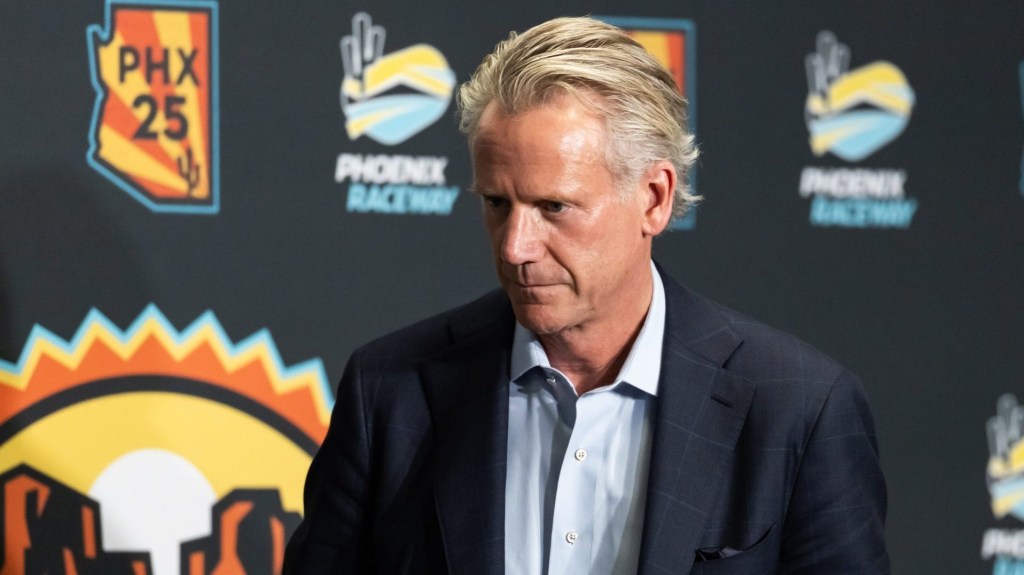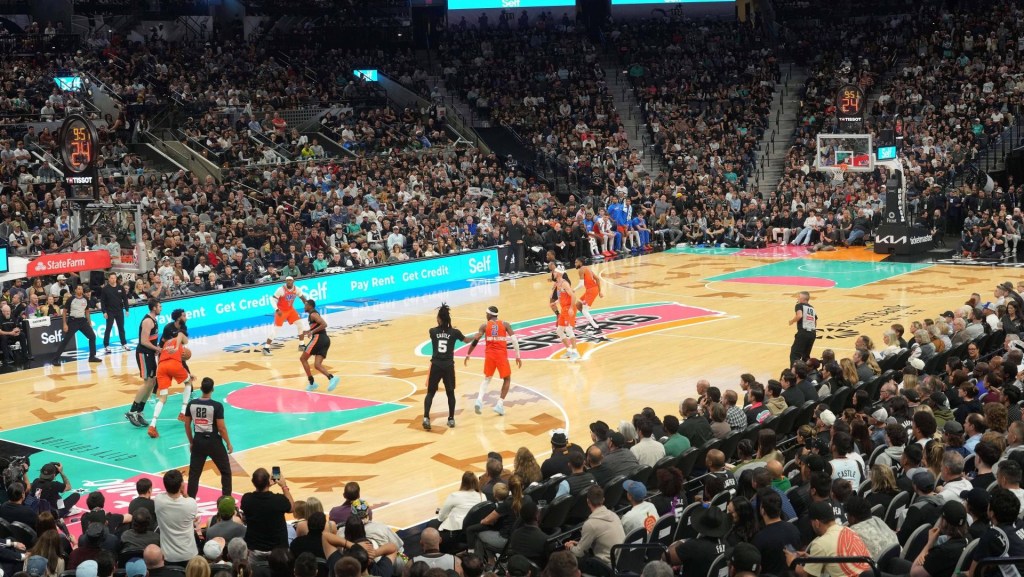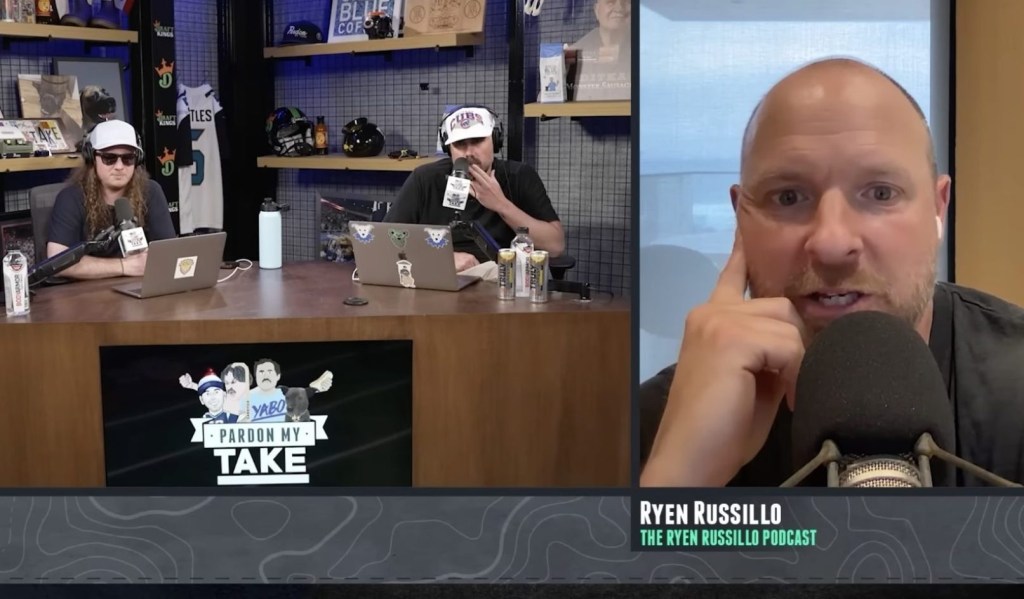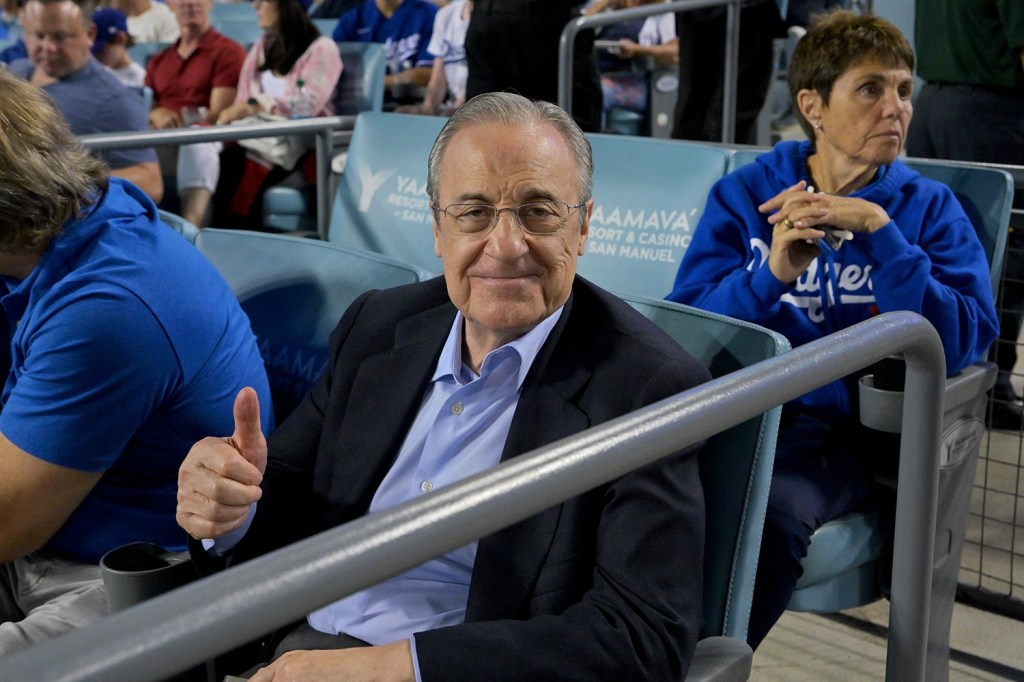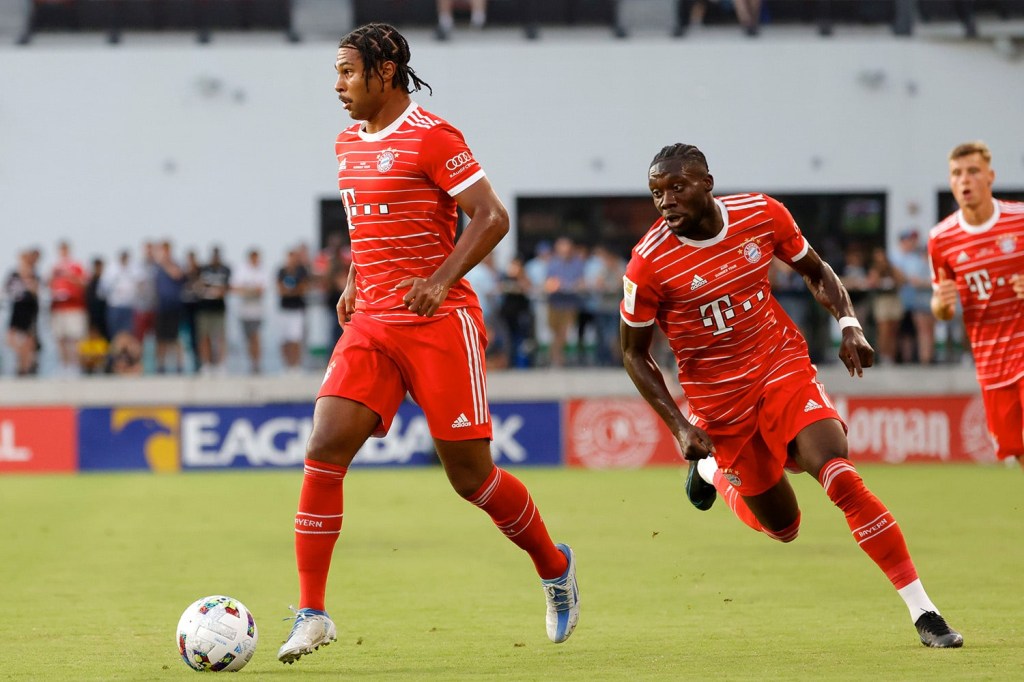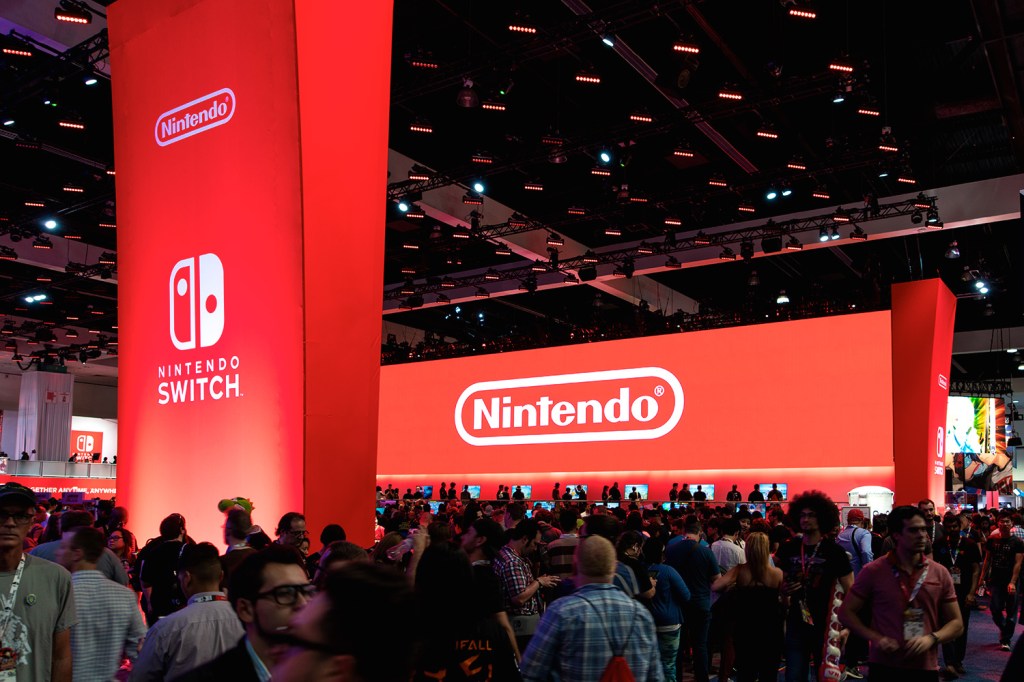There is a popular saying that has been used for decades by figures like John Fitzgerald Kennedy and Al Gore that Houston Texans CEO Jamey Rootes thinks rings particularly true right now: the Chinese symbol for crisis is the combination of danger and opportunity.
“The danger is there, and it’s present and clear, but there are also the opportunities you have to look for,” Rootes said. “From the beginning of this, we really encouraged our team to not only persevere through this time of challenge, but keep your eyes open for things that can make us better.”
Like most sports leaders pre-coronavirus, Rootes questioned the effectiveness of remote work given its previous scarcity. Data from research firm Gartner showed that 70% of workers across all industries had never worked from home before.
Rootes wondered how the sports industry, which relies so heavily on face-to-face communication and interaction, could still make an impact outside of the office.
He also was unsure of the Texans’ short-term future. When he and his colleagues walked into the office on March 12, it was business as usual. Free agency was still in its relative infancy and the club was preparing for two highly anticipated events in the 2020 NFL Draft and the release of their 2020 game schedule.
By the end of the day, the Texans were one of a handful of NFL teams getting ready for the unexpected: at-home work.
“It’s been really inspiring to see that for us on a Thursday afternoon, we were contemplating how at some point in time we might take our entire staff and have them work effectively in a remote environment to Monday morning being in that remote environment,” Rootes said.
Upon the transition to work-from-home, Rootes was not confident that he could be productive in that environment. With the help of Microsoft Teams and Zoom, apps he had never previously used before, that perception was quickly dissolved.
Although Rootes knows direct contact with others is the preferred method of communication, he saw that there are ways to operate the team’s business not only outside of NRG Stadium, but in new ways.
On May 9, the Texans were supposed to host their eighth annual Texans Care Volunteer Day, which is presented by Chevron. Other years had seen the event appear at the Houston Food Bank – but in 2020, it went entirely virtual. Team celebrities ranging from players and alumni to cheerleaders and the TORO mascot helped bring this year’s edition to life online.
“It was so exciting to see people posting all the great work that they do for the city of Houston,” Rootes said. “That’s probably a way for us to take what is typically a physical engagement with limited capacity and expand it out to a lot more people… without actually being together.”
Now, Rootes is adjusting to what the old normal was before everything happened: having people back in the office. On May 18, the Texans were one of six NFL teams that opened their facility in a limited capacity; the others were the Atlanta Falcons, Pittsburgh Steelers, Kansas City Chiefs, Arizona Cardinals, and Indianapolis Colts.
READ MORE: Work From Home Finding A Role In The Sports Business World
According to a league memo, the facilities can open up to 50% of their employees, with no more than 75 employees allowed in. No coaches or players are allowed to enter, but there are exceptions for players who were rehabbing an injury before the league-wide lockdown.
Rootes has treated this return as the start to “phase zero,” which contains a small group that will go in and ensure that the office environment is compliant with all of the necessary protocols. The Texans have taken this one step further by creating the facility hygiene coordinator position, who will report to coordinator of medical administration Geoff Kaplan and run coronavirus risk mitigation throughout the team’s facilities. The Texans are the first known major United States professional sports team that has hired a dedicated industrial hygiene expert.
Going forward though, Rootes does not expect the traditional office lifestyle to return to the Texans. Previously, scouts were normally the only personnel who worked remotely in the organization; now, the team will begin adopting it as a common business practice – under the right circumstances.
“It’s another tool for our toolkit, but it doesn’t always make sense and it certainly doesn’t make sense for everybody,” he said. “We’re a highly collaborative environment. Being together makes us a lot more productive and more efficient… it’s better in person, but now we know in the appropriate circumstances [working remotely] can work.”
For Barstool Sports CEO Erika Nardini, she never witnessed what the company’s beginning was like. In 2003, Dave Portnoy founded the company in Milton, Ma. Shortly thereafter, he worked early on with personalities like Dan “Big Cat” Katz out of Chicago and Kevin “KFC” Clancy and Ketih “KMarko” Markovich in New York to get Barstool off the ground.
Fast forward 17 years later, and Barstool’s valuation has increased to $450 million after Penn National Gaming acquired a 36% stake for $163 million in cash and convertible preferred stock in January. It is also one year into moving into its Midtown Manhattan office, which at 210 employees has already maxed out its capacity.
Although January seems like a distant memory, Nardini is excited to see Barstool maintaining its production output post-coronavirus. Within one weekend of shutting down the office, its radio shows, Snapchat shows, and other content series were up and running by the following Monday. She estimates that they are doing 10 hours of streaming a day and that Barstool has “made sports when there haven’t been any sports.”
Barstool has also seen an uptick on its social media platforms like Instagram Live, TikTok, and Twitch, Nardini said. Instead of doing shows that require shooting and releasing, she says that this pause has helped accelerate Barstool’s pursuit of becoming a video-led company.
That evolution that Nardini plans on seeing will likely involve Barstool employees back in the office. Having everyone work from home has not made her perception of work from home change.
“Our whole plan was to just put more people in the office,” she said. “We were going to put people closer together… now that’s not going to be an option. There will be things we have to figure out, but I think people are excited to do stuff with one another… I think you’ll see some of the stuff we started taking a new life of their own once they can happen in an office or at the studio.”
The World Surf League was gearing up for the start of its 2020 campaign under newly appointed CEO Erik Logan. The men’s and women’s championship tours were slated to begin on March 26 in Queensland, Australia, before its eventual cancellation.
Like Rootes, Logan was one of those leaders who was skeptical about remote work for his company. Since the switch, not only has productivity risen across the board for the WSL – which has offices in Santa Monica, Australia, France, Portugal, South Africa, Brazil, and New York – but it has shown him that opinions about working from home can change.
“I’ll put myself in the basket that I wasn’t totally sure if a company can completely be operated in this way – and I think we have proven that we could and we are now,” he said.
Logan saw almost instantly that WSL employees were productive and able to schedule an abundance of phone calls – to the point where he encouraged them to take fewer calls. Going forward, he has mandated that no work calls are to exceed 45 minutes in length.
Logan says that his experience has changed him as a leader, and has increased his desire to be more connected to his employees. He himself is not only more aware with their schedules, but he has also increased the frequency of his town halls – which provide organizational updates – from once a month to every two weeks.
Logan is also wanting to better understand his employees’ attitudes about their day-to-day work-life. Over the course of several interviews involving his leadership team, he has found that his workers are placing a greater emphasis on self-care and establishing a daily routine. Examples like these are some of the ways in which Logan is thinking about how to improve the relationship his employees have with the WSL.
As of right now, the WSL has not issued an official mandate for employees to return to work, Logan said. For those who want to return, the WSL has established social-distancing protocols across its numerous offices. It also added dividers between workers’ cubicles to further isolate them from any risks of contamination.
In the near future, Logan sees a point in which some departments – like content and production – need to be back in the studio. But for the large number of employees who have proven to work well from home, he wants them to continue to feel comfortable wherever they are.
“There’s not a need that I see in the imminent future that has to say we have to be pushed back into an office in a very accelerated or short amount of time,” he said. “But, there is a need for human interaction. There’s a need for human connection, but I think having the flexibility and the openness that we have as an organization for people to do that could be a game changer for a lot of reasons.”
READ MORE: Tennis Channel Adjusts To New Reality Of Live Coverage
One of the first professional sports organizations to return to action was NASCAR. When racing came back on May 16 at Darlington Raceway, the governing body maintained some semblance of its current work-from-home ordere.
For NASCAR chief digital officer Tim Clark, that meant keeping the majority of his department’s operations remote. He noted that on a normal raceday, roughly six people would work on-site in digital operations and much more for content generation and social media purposes. Now, he estimates that that number of personnel will be cut by more than half, with only select people facilitating the majority of those tasks from the track.
To make up for the lack of in-person work, NASCAR incorporated several new features into its mobile app, including a “scanner” for fans to hear audio from cars; in-car cameras that provide a unique view into the driver’s vision; live data that collects info from the cars and sends it directly to users; and a Fantasy Live function that allows for fantasy players to make in-race driver swaps.
While the data collected from the cars and track made his department’s remote work possible on race day, it was also the culmination of what he and NASCAR saw from employees over the past several weeks and months.
“Our team will really be facilitating everything that you see on our digital and mobile platforms remotely,” Clark told Front Office Sports ahead of the Darlington Raceway event. “That’s a change for us and it’s a new way of doing business, but I think we have the confidence in the team and our existing platforms.”
Unlike some major sports organizations, the Premier Lacrosse League was built to operate remotely in its early stages. Mike Rabil started the company in San Francisco, and immediately asked his brother Paul to move from Baltimore to join him.
To start, Mike Rabil said that the PLL had people working out of Baltimore and San Francisco before making its first hire in New York. At the outset, the league was in three different cities, leveraging various cloud-based technologies and communications tools such as Dropbox and Slack to manage the business at a faster pace.
Those days are what helped the PLL transition back to remote work during this coronavirus era, Mike Rabil said. It even was able to create one of its most impactful social media campaigns in recent memory from its workers’ homes.
On April Fools Day, the PLL revealed the arrival of its “eighth” team, Beans Lacrosse Team. Marketing the prank team as an actual club with a logo, slogan, site launch, merchandise, and an announcement from Paul Rabil, it marked the highest ecommerce store traffic day in league history by more than 30%. The PLL also added eight Beans-branded items to its online store; within 24 hours, it sold 1,600 Beans merchandise items worth a combined $50,000.
“That was an example of a way that we could create meaningful content from home and then have it tied to revenue,” Paul Rabil told Front Office Sports in early April.
The April Fools Day surprise is only one instance in which the PLL has had to readjust its plans. Its 2020 season has since been turned into the PLL Championship Series, a two-week, fanless tournament from July 25 to August 9. Having to rebuild only two years into its existence has been a new experience for Mike Rabil, he has used it as an opportunity to improve his leadership skills.
“With what happened with this current pandemic and in the unique circumstances that it presented, sometimes you just don’t have the fast answers, and if you can’t provide them, the only thing you can do is to be open that you don’t have the answers,” Mike Rabil said. “Just being really open about this process, I think, was hopefully adequate for where we were.”
Although many sports leaders have seen the positives associated with remote work, none have taken it as far as some of the world’s leading tech companies. Twitter has given most employees permission to work from home permanently after the coronavirus pandemic. After initially just allowing its workers to work from home through 2020, Facebook is letting some workers apply to work remotely full-time, and CEO Mark Zuckerberg estimates that roughly 50% of its 48,268 global employees will be working remotely within the next five to 10 years.
Nardini has already stated that she is looking forward to having everyone back in the office at Barstool. Rootes is not going as far to say that all Texans employees can work from home forever. The same goes for Logan and Rabil, who also see the value in maintaining remote-work possibilities, but not on a full-time basis.
Although having remote workers creates more financial freedom for companies – which can save as much as 20% of the total cost of any employee who works-from-home full-time – they, along with their employers, might not pursue it further.
According to a finding from the Society for Human Resource Management (SHRM) and Oxford Economics, all but 5% of respondents – who were roughly 3% of 1,000 HR professionals within the U.S. – expect their workforce to return to pre-crisis levels by November. Additional data from Gartner shows that out of the jobs that could be done remotely full-time, only about 10% of people actually did so, and only 20% worked remotely part-time.
While the future surrounding remote work remains uncertain, one trend involving it has quickly made its way across businesses.
Before becoming CEO of the WSL, Logan had previously served as president of the Oprah Winfrey Network (OWN) and executive vice president of Harpo Studios. Throughout his 30-year career in media and sports, he had always heard conversations about this topic, how it worked, and where it existed in organizations.
Now, this word has taken on a larger meaning, and is something that will be front of mind for both employees and employers: culture.
“Because of the pandemic, it’s one of the most important things all companies are talking about,” he said. “I think the seismic shift is that the conversation that we’re having, every organization is having to a degree that they may not have ever been having before. That only will breed great outcomes for the employees.”
“That also will breed great outcomes for the organization because every CEO that I know will tell you the same thing: you’re only as good as your employees. What the global pandemic’s going to teach us is a thoughtful, holistic, loving approach to culture and your employees – when that happens, your company will soar.”
